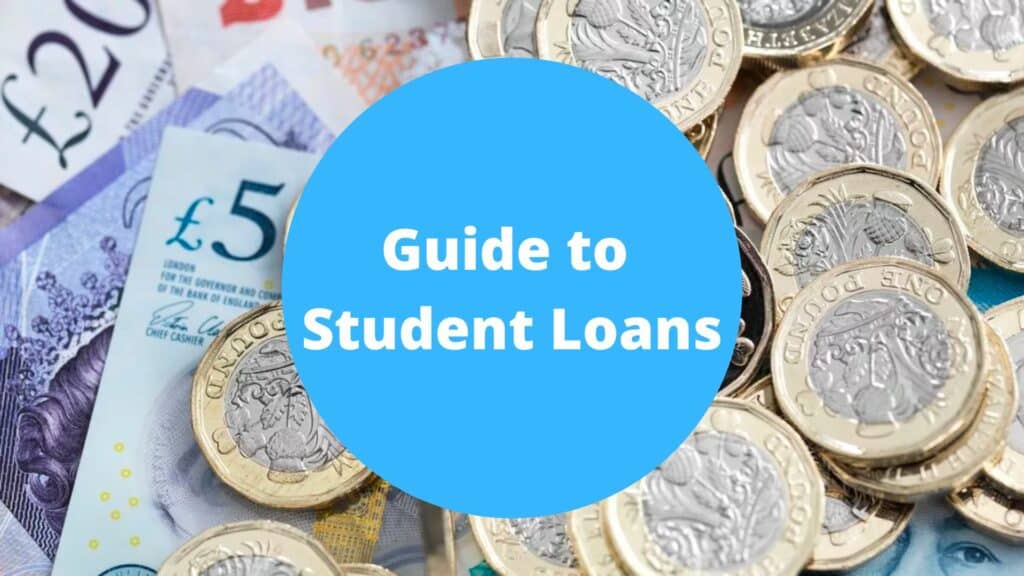For many students, getting a credit card can be an important step in building a credit history. A good credit score can help you qualify for loans, mortgages, and even jobs in the future. However, getting a credit card as a student can be challenging, especially if you don’t have a steady source of income or a credit history.
Don’t worry, our guide to all things student credit card will give you some advice and hopefully make things clearer.
Fortunately, many credit card companies offer credit cards specifically designed for students. These cards often have lower credit limits and fewer rewards than other credit cards, but they can be a good option for those who are just starting to build their credit history.
Student Credit Card Requirements
To get a student credit card, you will typically need to meet certain requirements. This is the same as non-students who will also need to apply and meet certain criteria. These requirements can vary depending on the credit card company, but here are some common ones:
- You must be at least 18 years old: Most credit card companies require that you be at least 18 years old to apply for a credit card. If you are under 18, you may be able to get a credit card with a co-signer, such as a parent or guardian.
- You must have some source of income: To qualify for a credit card, you will typically need to show that you have some source of income. This can include a part-time job, a scholarship, or money from your parents. If you don’t have any income, you may need to get a co-signer.
- You must have a Social Security number: You will typically need to provide your Social Security number when you apply for a credit card. This is used to verify your identity and credit history.
- You must have a good credit score: If you don’t have a credit history, you may need to start by getting a secured credit card. This type of credit card requires you to put down a deposit, which serves as collateral for the credit card company. As you use the card and make payments on time, your credit score will improve, and you may be able to qualify for an unsecured credit card.
One top tip is try and pay off your credit card each month. This means that you won’t accrue interest and end up paying more on your loan.
Once you have met the requirements for a student credit card, you can start shopping around for the best card for your needs. Here are some factors to consider:
- Interest rate: The interest rate, also known as the APR, is the cost of borrowing money on your credit card. A lower interest rate can save you money over time, especially if you carry a balance from month to month.
- Fees: Credit card companies may charge a variety of fees, including an annual fee, a late payment fee, and a balance transfer fee. Be sure to read the fine print and understand all of the fees associated with the card before you apply.
- Credit limit: The credit limit is the maximum amount of money you can borrow on your credit card. A lower credit limit can help you avoid overspending and keep your credit utilization ratio low.
- Rewards: Some student credit cards offer rewards, such as cash back or points that can be redeemed for travel or merchandise. If you plan to use your credit card frequently, a card with rewards can be a good way to earn extra benefits.
- Credit-building tools: Some credit card companies offer tools and resources to help you build your credit history. For example, they may provide free credit score monitoring or offer tips on how to improve your credit score.
Top tip. Try and get a 0% credit card. This means that for a specified period you won’t pay any interest on your credit card debt and you only need to make the minimum payments. Careful though, when this period ends you will want to pay off the remaining balance.
Before you apply for a credit card, it’s important to understand how to use credit responsibly. Here are some tips to keep in mind:
- Pay your bills on time: Late payments can hurt your credit score and result in late fees and higher interest rates.
- Keep your credit utilization low: Your credit utilization ratio is the amount of credit you are using compared to your credit limit. A high credit utilization ratio can lower your credit score. Try to keep your credit utilization below 30%.
- Monitor your credit score: Check your credit score regularly to make sure there are no errors or fraudulent activity. You can get a free credit report once a year from each of the three major credit bureaus.
- Don’t apply for too many credit cards at once: Applying for multiple credit cards at once can lower your credit score. Try to space out your applications and only apply for cards you really need. Don’t carry a balance you can’t afford to repay: Credit card debt can quickly spiral out of control if you don’t pay it off in full each month. If you can’t afford to pay off your balance in full, try to make more than the minimum payment to reduce the amount of interest you will owe.
In conclusion, students can get credit cards, but it’s important to understand the requirements and responsibilities that come with having a credit card. By choosing the right card, using it responsibly, and paying your bills on time, you can build a solid credit history that will help you achieve your financial goals in the future.
This information does not constitute financial advice and always make sure you do your own research for your own circumstances.
Related Articles
- A Guide to Student Loans
- Best Student Bank Accounts
- Can a Student Get a Credit Card?
- Do Students Get Free Dental Care in the UK?
- Do Students Get Free Eye Tests in the UK?
- Do Students need a TV Licence?
- Do Students Pay Council Tax?
- Do University Students in the UK Pay for Prescriptions?
- How to Apply for a Free Student Bus Pass in the UK
- How to Apply for Student Finance in the UK
- How To Make Money As A Student - Part 1
- How to Make Money as a Student - Part 2
- How to Make Money Online as a Student
- Student Finance
- Student Finance in Scotland
- Student Finance in Wales
- Student Finance Northern Ireland
- The Top 10 Ways for Students to Save Money in the UK
- What are University Hardship Funds?
- What Benefits Can Full Time Students Claim in the UK?
- What is Student Finance UK?





















